Nutrition
Maize is an essential staple crop that plays an important role in food security. Over the last decade, the CGIAR Research Program on Maize has worked to understand and strenghten the nutritional potential of maize and maize products around the world.
